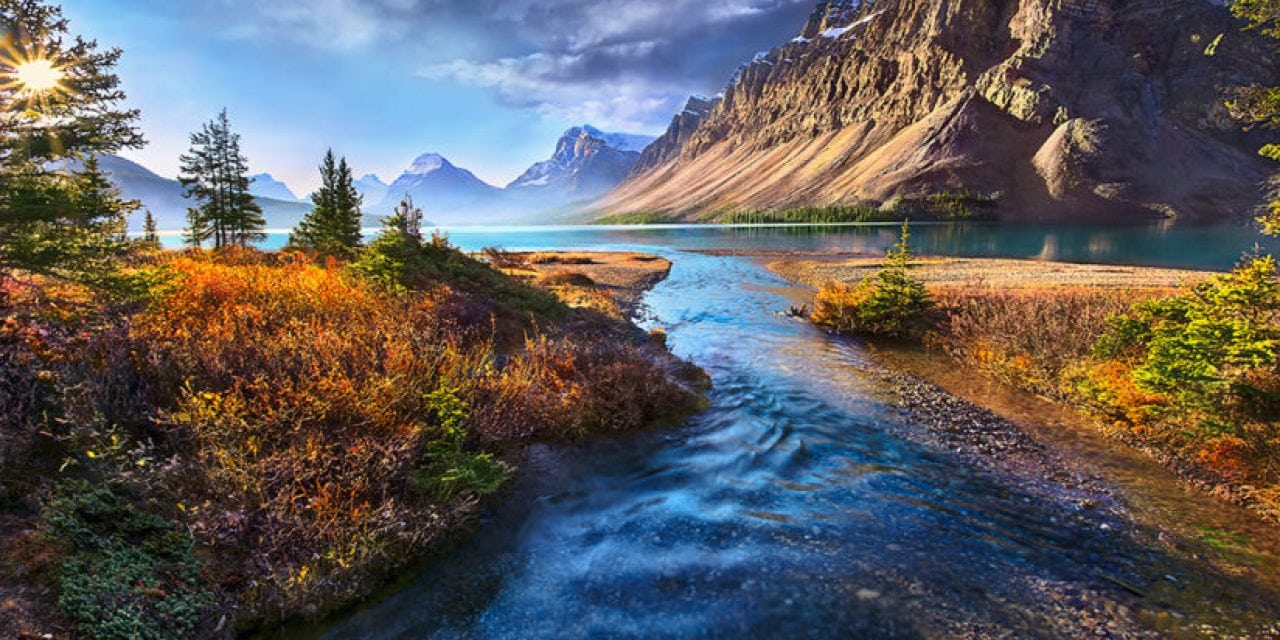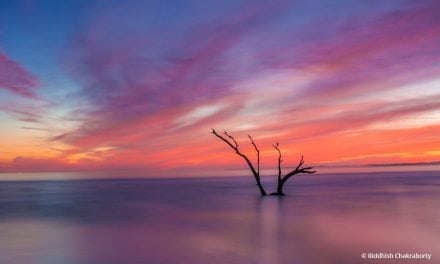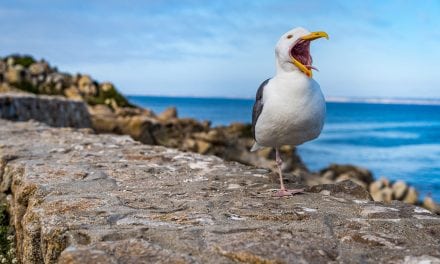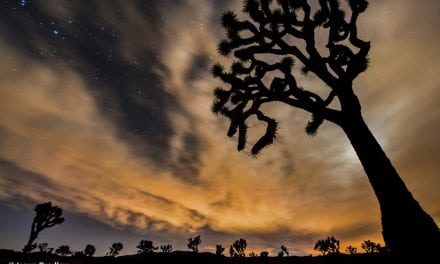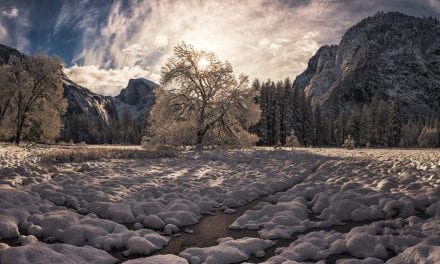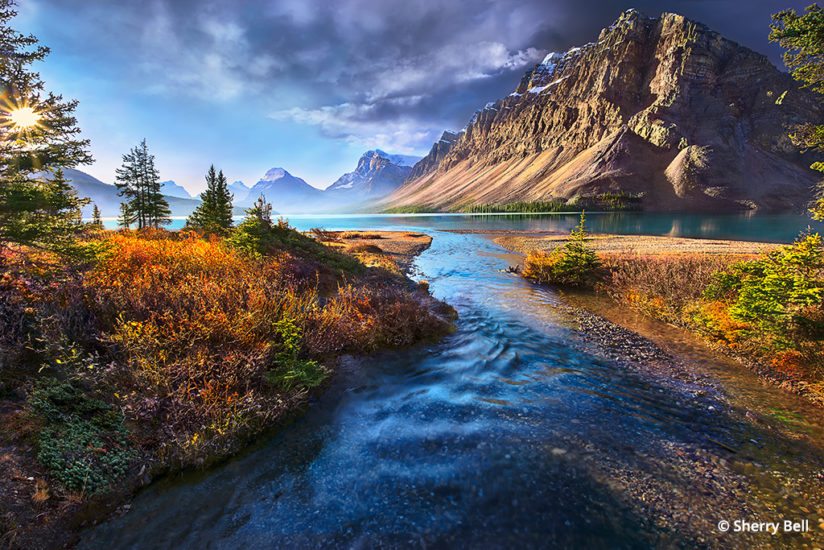
Location
The Canadian Rockies are home to some of the most spectacular scenery and breathtaking lakes in the world. Most people hear names like Lake Louise, Moraine Lake and Maligne Lake. These famous glacially fed lakes are most recognized when the words “Canadian Rockies” are mentioned, and for good reason. The Canadian Rockies have an abundance of lakes, each possessing their own special beauty.
Bow Lake is approximately 30 minutes north of Lake Louise, off the Icefields Parkway (Alberta Highway 93) and a half-mile north of the Crowfoot Glacier. This stunning lake sits at an elevation of 6,300 feet and is one of the largest lakes in Banff National Park. Fed by meltwater from Bow Glacier in the Wapta Icefield, Bow Lake lies at the base of Bow Summit, which is perfectly reflected in its aquamarine waters on a calm day. Crowfoot Mountain really stands out when reflected in the early-morning still waters. The Bow River starts at Bow Lake and flows past Lake Louise and Banff. The Num-Ti-Jah lodge sits next to this beautiful lake and is the perfect stay for those wanting early-morning and late-night photo shoots.
Weather At Bow Lake
The weather in the Canadian Rockies is always changing, be it from valley to valley or hour to hour. Temperatures vary greatly from day to night, and often weather predictions can be wrong from one day to the next. December to March is the peak period for skiing. Day temperatures will rarely surpass 32 degrees Fahrenheit until mid-March and will dive toward zero at night. From April to May, there can be everything from blizzards to warm weather. Although springtime highs can reach the mid-50s, June to August are the most crowded months with the warmest weather, and average highs are in the mid-70s. Most lakes are frozen until June. September here is the height of fall with nice 60-degree temps. October can turn treacherously cold in a hurry. October and November range from mid-30s to negative digits. Snowfall ranges from 104 inches to 137 inches on average.
Photo Experience At Bow Lake
When planning to shoot an area that I’ve never been to before, I spend a great deal of time researching it, such as typical weather conditions for the time I plan to visit, and where and when the sun comes up and goes down. For early morning and late-night shots, I also consider how far away the location is from available accommodations. I always carry with me two cameras, several lenses and a good tripod with a great ballhead and filters. This covers a broad range of photographic opportunities.
For this image, it was still dark when I left the lodge, and the sky was cloudy. My expectations were very low that I’d have any great morning light. I headed to the west side of the lake for the Bow Glacier Waterfall. After a while, I noticed a bit of an alpenglow from light breaking through the clouds to the east, so there was some hope. The sun was now up, but it was still cloudy in the direction of Bow Falls. I decided to head back to the lodge and was thrilled to see great light on the lake and Crowfoot Mountain. I kept taking shots as I headed back, and everything came together perfectly when I reached the little river flowing into the lake. I carried two cameras over my shoulders that day—one with my telephoto, as I was told there were a few bears in the area, and the other with my wide-angle lens.
Best Times
Fall is my favorite time to visit. I did see wonderful pictures of wildflowers growing around the lake, so late spring and summer would be another choice. Winter has its own kind of amazing beauty. I think anyone could find great times of the year to visit the Canadian Rockies; it just depends on what they like.
Contact: Banff National Park, banffnationalpark.com.
See more of Sherry Bell’s photography at sherrybellphotography.com.
The post Bow Lake appeared first on Outdoor Photographer.

